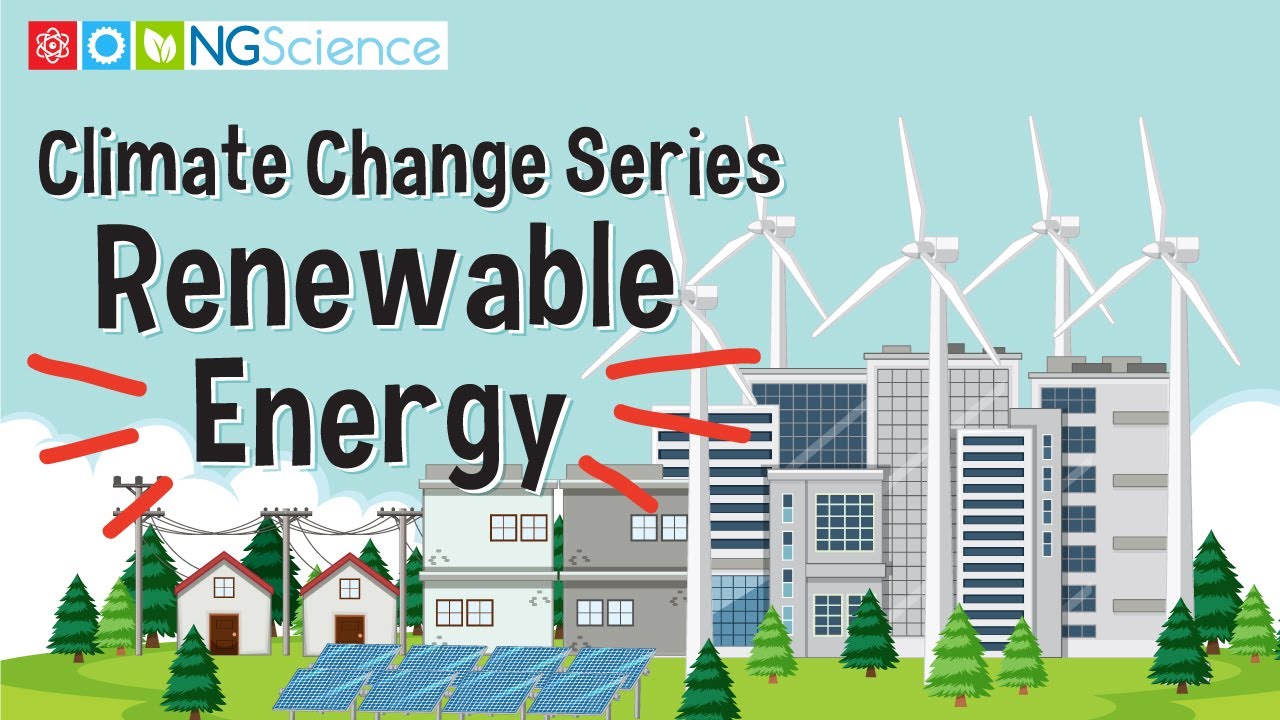
#climatechange #renewables #ngscience @NGScience
https://ngscience.com
The Role of Renewable Energy in Combatting Climate Change
For generations, humanity has relied heavily on fossil fuels like coal, oil, and natural gas to power our lives. These sources have given us the energy to light up our cities, drive our vehicles, and run our factories. But there’s a dark side to this dependency.
Burning fossil fuels releases carbon dioxide and other greenhouse gases into the atmosphere. Over time, these gases have accumulated, creating a thickening “blanket” around Earth that traps heat. This phenomenon, known as the greenhouse effect, is the primary driver of global warming and the resulting climate change we’re experiencing today. This change manifests as extreme weather patterns, rising sea levels, and shifts in global temperatures, all of which have serious implications for our planet and its inhabitants.
So, what’s the solution? Enter renewable energy.
Harnessing the Power of Sun, Wind, and Water:
Renewable energy sources, like solar, wind, and hydroelectric power, offer a sustainable alternative to fossil fuels. These energy sources are called “renewable” because they won’t run out in our lifetimes, unlike fossil fuels which are finite.
Solar panels capture the sun’s energy and convert it into electricity. Wind turbines harness the power of the wind to generate power. Hydroelectric dams use flowing water to produce energy. Not only are these methods sustainable, but they also release little to no greenhouse gases.
Transitioning to these energy sources can significantly reduce our carbon footprint. With advancements in technology, these renewable sources are becoming more efficient, cost-effective, and accessible to communities worldwide.
Conservation: Simple Ways to Reduce Your Carbon Footprint
Switching to renewable energy is a significant step, but it’s also essential to use energy wisely. By adopting energy-efficient habits, like turning off lights when not needed, using energy-efficient appliances, and insulating homes properly, we can reduce the amount of energy we consume daily. This not only cuts down on emissions but also saves money on energy bills.
Technology’s Role: From Electric Cars to Green Buildings
Beyond energy production, technological innovations are playing a pivotal role in addressing climate change. Electric cars, which run on batteries rather than gasoline, are becoming more prevalent, offering a cleaner mode of transportation. As these vehicles become more affordable and charging infrastructure improves, their adoption is set to rise.
In the construction sector, green building practices are taking center stage. These structures are designed to use resources more efficiently and reduce their overall impact on the environment. From energy-efficient windows to rainwater harvesting systems, green buildings represent the future of construction.
In conclusion, while the problems associated with fossil fuels are significant, the rise of renewable energy and sustainable technologies offers hope. By making conscious choices and supporting green initiatives, we can steer our planet toward a brighter, cleaner future.
source







Beautiful
Very enlightening. Thanks.
we will make it happen 😊
Renewables are achievables easy
Here's a Better Solution to fight with Climate Change via Clean Solar Energy & Rain Water Harvesting System without Subsidy before 2030,
Solution to Finance, Land Requirements, Transmission Loss, Pollution, EV Charging on the Go, Climate Change, unemployment, n many more benefits
Google – lightenmyways
#solar #renewable #climatechangesolutions #co2 #evcharging #globalwarming